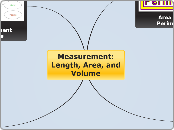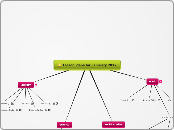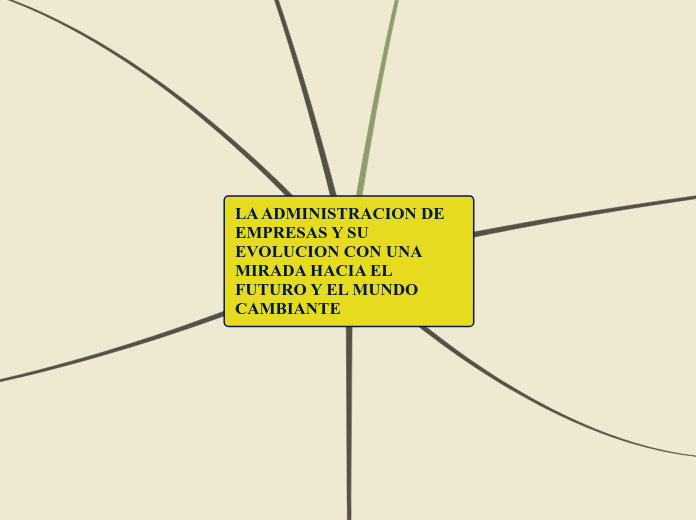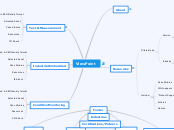Pre-K-2
Geomerty
Have children identitfy objects in classrooms and be able to describe, name, and draw them.
1st grade printable geometry worksheets.
http://math.about.com/od/geometr1/ss/gr1geometryws.htm
Cirriculum guides k-5.
http://www.acs.ac/staffdev/curricu/cu01004.htm
Geometry stories for kids.
http://blog.richmond.edu/openwidelookinside/archives/2801
Build and create different tesselations.
Cool geometry lessons.
http://www.coolmath.com/tesspag1.htm
Building tesselations online.
http://www.pbs.org/parents/earlymath/grades_games_tess.html
Tesselation game ideas for kids.
http://www.ehow.com/info_7849801_tessellations-games-kids.html
Introduce the concept of volume and surface area.
Fill a bucket full of water and allow them to place various objects in the water and see how high the water will rise.
Math images.
http://www.sciencekids.co.nz/pictures/math/surfaceareavolume.html
Introduce the concept of area and perimeter
Use things like geobaords or blocks to allow them to build or form shapes with different areas and perimeters.
Geometry worksheets.
http://www.superteacherworksheets.com/geometry.html
Online game.
http://www.funbrain.com/poly/index.html
Use visulization, spatial reasoning, and geometric modeling to solve problems.
Relate ideas in geometry to ideas in number and measurement.
Recognize and represent shapes from different perspectives.
Create mental images of geometric shapes using spatial memory and visualization.
Apply transformations and use symmetry to analyze mathematical situations.
Create shapes that have symmetry.
Recognize and apply slides, flips, and turns.
Specify locations and describe spatial relationships using coordinate geometry and other representational systems.
Find and name locations with simple relationships such as "near to" and in coordinate systems such as maps.
Describe, name, and interpret directionand distance in navigating space and apply ideas about direction and distance.
Analyze characteristics and properties of two and three dimensional geometric shapes and develop mathematical arguments about geometrical relationships.
Describe attributes and parts of two and three dimensional shapes.
Name, build, draw, compare and sort two and three dimensional shapes.
Geometry Wars
Algebra
AROUND THE WORLD
This game is played with flash cards to improve speed of recall. You can use multiplication, division, addition, or subtraction cards. Just depends on where your students are. Using more than one operation works well too.
Students sit in a circle, or around a table. The teacher or leader sits where the players can see her. One student, the challenger, gets up and stands behind the person to her right. The teacher holds up a flashcard; the student (of those two) who gives the correct answer first advances to challenge the person in the next seat.
Students can only give one answer; if someone blurts out the wrong answer, the other person has as much time as she needs to think of the correct response. The challenger continues until she makes a mistake, at which point she takes the seat of the person she was competing with, and that person continues around the circle.
When a student has advanced around the circle back to her original seat (either in one turn or over the course of the game, depending on circumstances), she is the winner. Any number of people can win; this game can go on for an indefinite amount of time.
Skills students learn in algebra.
http://www.ixl.com/math/algebra-1
Online algebra games.
http://www.learninggamesforkids.com/1st-grade-math.html
Algebra worksheets.
http://www.homeschoolmath.net/worksheets/
Analyze change in various contexts.
Describe qualitative change, such as a student's growing taller.
Use mathematical models to represent and understand quantitive relationships.
Model situations that involve addition and subtraction of whole numbers, using objects, pictures, and symbols.
Illistruate general principles of properties of operations, such as communtativity, using specific numbers.
Represent and analyze mathematical situations and structures using algebraic symbols
Fun algebra games for the classroom...www.algebra4children.com
Patterns, relations and functions
Recognize, describe, and extend patterns such as sequences of sounds, and shapes or simple numeric patterns and traslate from one represntation to another.
Activity Sets 1.1 & 1.2 in Mathematics for Elementary Teachers.
CH. 2 in Mathematics for Elementary Teachers.
Activity Set 2.1
Sort, classify, and order objects by size number and other properties.
Data Analysis & Probability
Probability and data analysis is fun to teach using different simulations such as coin toss, ceral boxes, M&M's or game shows such as "Lets Make a Deal" or "Deal or No Deal."
Classroom activities for probability.
http://www.shodor.org/interactivate/lessons/PlayWithProbability/
More classroom activities for data analysis and probability.
http://www.mathwire.com/games/datagames.html
Worksheets to use in the classroom.
http://www.education.com/worksheets/probability/
Lesson plans/worksheets/games.
http://www.homeschoolmath.net/online/statistics.php
Online probablity games.
http://jmathpage.com/JIMSProbabilitypage.html
An explanation of probability for k-2
http://dimacs.rutgers.edu/nj_math_coalition/framework/ch12/ch12_k-02.html
Develop and evaluate inferences and predictions that are based on data.
Discuss events related to student's experiences as likely or unlikely.
Select and use appropriate statistical methods to analyze data.
Describe parts of the data and the set of data as a whole to determine what the data show.
Formulate questions that can be addressed with data and collect, organize, and display relevant data to answer them as should...
Represent data using concrete objects, pictures, and graphs.
Sort and classify objects according to their attributes and organize data about thier objects.
Activity set 2.1 in Mathematics for Elementary Teachers activity book.
Attribute Grid Game. Pg 30 in Mathematics for Elementary Teachers activity book.
Pose questions and gather data about themselves and surroundings.
Numbers & Operations
Hundred Board
Strategy: Students use a hundred board to eliminate numbers after reading each clue. Students must apply their knowledge of even-odd, multiples and place value to successfully eliminate numbers until the solution is revealed.
Numbers & operations worksheets.
http://www.learninggamesforkids.com/math_games.html
Games both online and in classroom.
http://www.funbrain.com/
Lessons and games.
http://www.coolmath.com/
Situations that entail multiplication and division, such as equal groupings of objects and sharing equally.
skipcount song...proteacher.com
Various meanings of addition and subtraction of whole numbers and the relationship between the two operations.
Use a variety of tools to compute, including objects, mental computation, estimation, paper and pencil, and calculators.
Represent commonly used fractions, such as 1/4, 1/3, and 1/2.
Mathematics for Elementary Teachers activity book CH. 5
Develop a sense of whole numbers and represent and use them in flexible ways, including relating, composing, and decomposing numbers.
PBS teachers has many different math ideas at pbs.org
Use multiple models to develop initial understandings of place value and the base-ten number system.
Mathematics for Elementary Teachers activity book CH. 3
Count with understanding and recognize "how many" in sets of objects.
Count the cookies, candies, apples ect.
Measurement
Keep an estimation jar in the classroom and re-fill it with different objects everyday . Have the kids guess how many of the object is in the jar each day and re-ward the winning students at the end of the day.
Other classroom games to teach measurement such as measurement scavenger hunts and finding the longest piece.
http://www.ehow.com/list_6136408_classroom-games-teach-measurement.html
Online measurement games.
http://pbskids.org/games/measurement.html
More games and worksheets.
http://www.learninggamesforkids.com/2nd-grade-math/measurements-2nd.html
Attributes of lenghth, volume, weight, area, and time.
www.proteacher.org includes activites for elapsed time volume.
Refer to CH. 10 in Mathematics for Elementary Teachers activity book.
Subtopic
Develop common referents for measures to make comparisons and estimates.
Measure using standard and and nonstandard units. Also, help children to select the appropriate tool for the attribute being measured.
Use repetition of a single unit to measure something larger than the unit, for instance, measuring the length of a room with a single meter stick. Allowing children to use the appropriate tool to measure specific items.
Measure with multiple copies of units of the same size, such as paper clips laid end to end.
This site includes some fun classroom game ideas...www.proteacher.org. Look under the measurment link.









